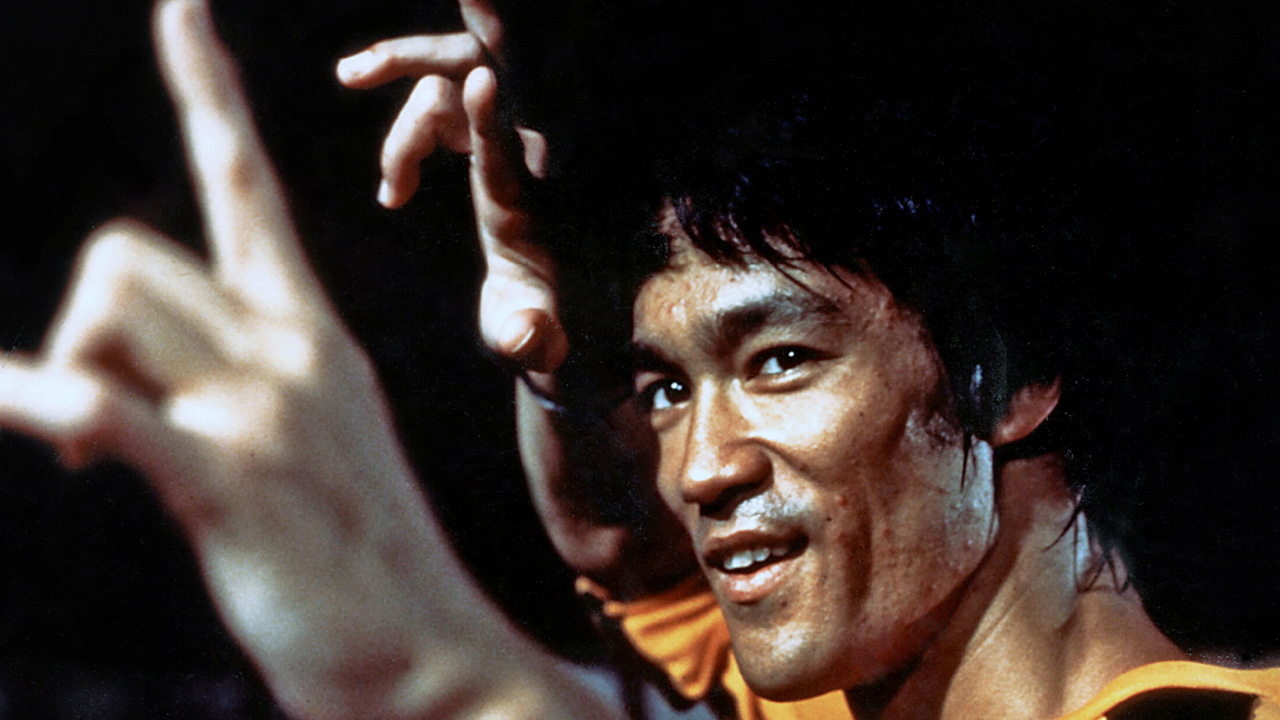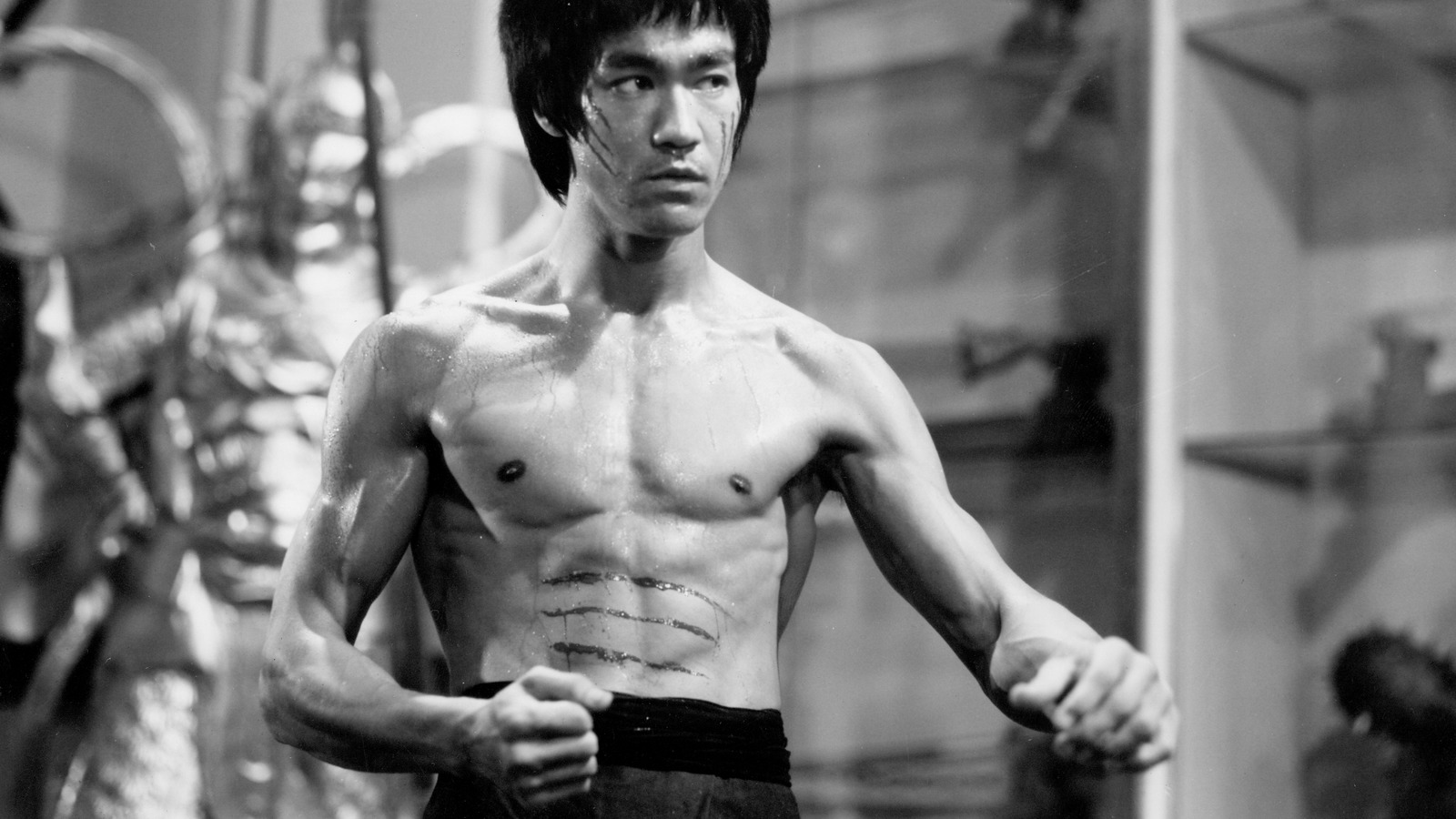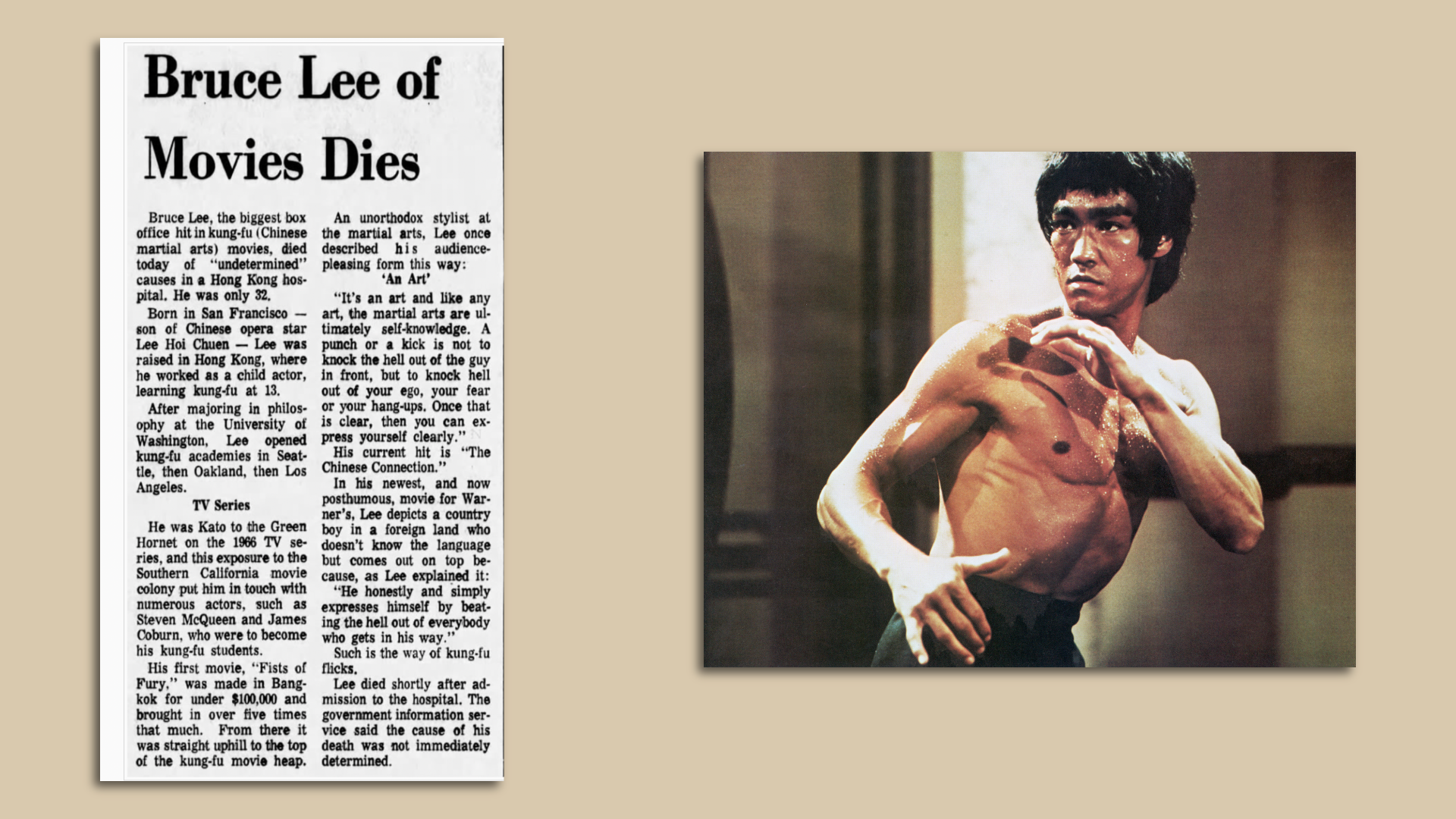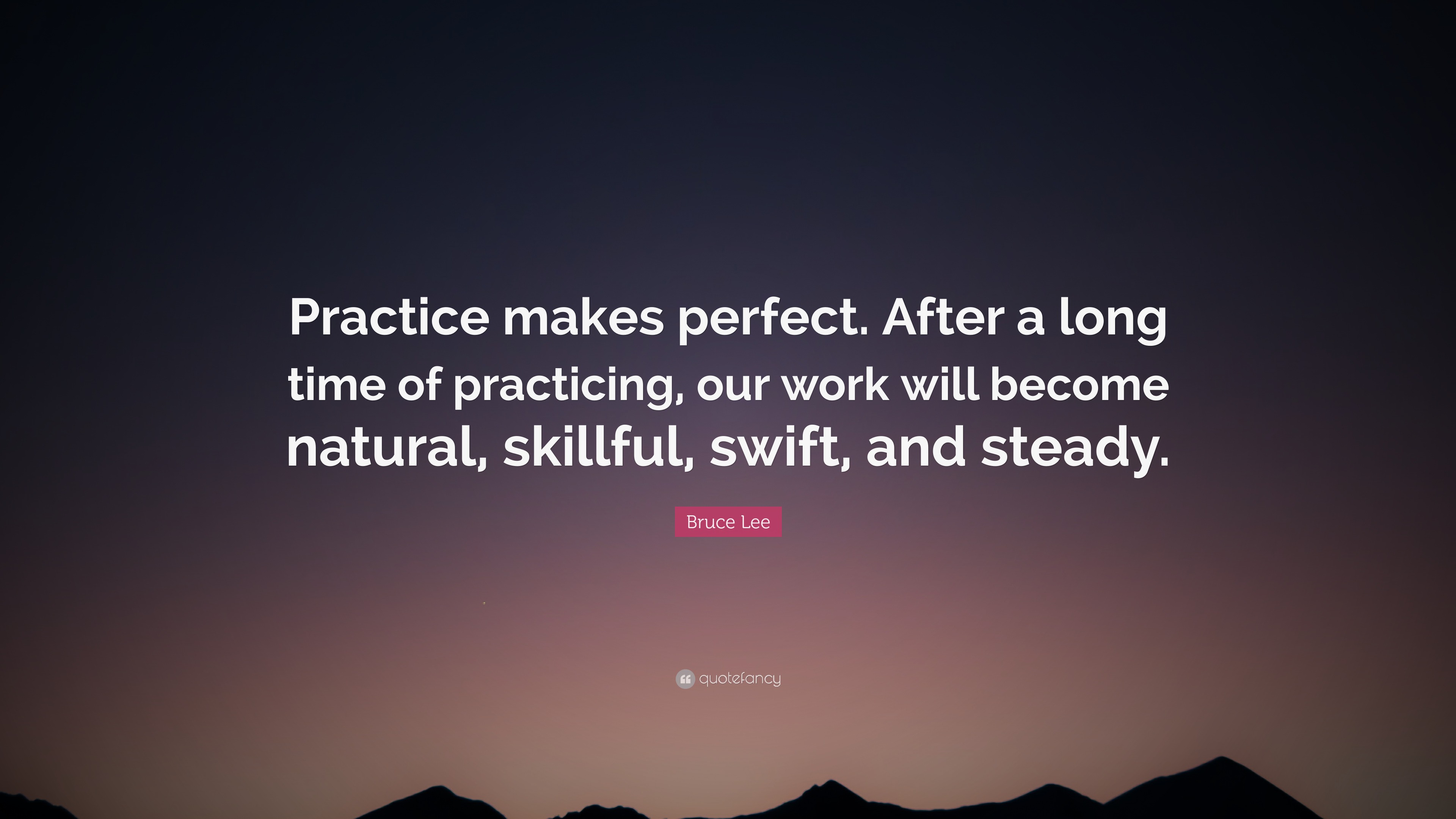How Bruce Lee After Death Turned Her Looks Into Luxury: Body Stats & Net Worth

Okay, buckle up, because we're diving deep into the legacy of the one and only Bruce Lee, and what that legacy means in cold, hard cash… even from beyond the grave.
Let's talk numbers. Right now, Bruce Lee’s estate, run by his daughter Shannon Lee, is estimated to be worth around $10 million. Now, before you gasp and say, “That’s it?” Remember, Bruce’s life was tragically cut short at the young age of 32. He didn't have the decades that some other deceased celebrities had to accumulate wealth. But here's the kicker: his influence is worth infinitely more. The $10 million is just the quantifiable piece of the puzzle. The real power lies in his continued image rights, licensing deals, and the sheer, unstoppable force of "Brand Bruce Lee."
How did this all start? Well, let’s rewind to the late 60s and early 70s. Bruce wasn’t just an actor; he was a revolutionary. He carved out a niche for himself by bringing authentic martial arts to the silver screen. His early roles, like Kato in The Green Hornet, paid the bills, but they were a far cry from the financial empire he'd eventually create. The turning point was undoubtedly Enter the Dragon (1973). While Bruce sadly didn’t live to see its full impact, its posthumous release catapulted him into superstardom. He was reportedly paid just $30,000 for Enter the Dragon, but the film grossed over $200 million worldwide, a figure that, if Bruce were alive to negotiate royalties today, would likely be astronomical.
After his death, his wife, Linda Lee Cadwell, and later his daughter, Shannon Lee, took the reins of his estate. They were faced with a daunting task: preserving his legacy while navigating the complexities of intellectual property and commercialization.
The initial years were focused on managing the existing film rights and merchandising. Enter the Dragon continued to generate revenue, and other films like Fists of Fury, Chinese Connection, and Way of the Dragon found new audiences on video and television.
The estate's income stream quickly branched out into merchandise. Think Bruce Lee t-shirts, posters, action figures, video games, and even Bruce Lee-themed training equipment. Licensing agreements were forged with major brands, allowing them to leverage Bruce’s image and likeness in their own marketing campaigns.
The real genius, however, lies in Shannon Lee's long-term vision. She understood that Bruce's legacy was about more than just fighting; it was about philosophy, self-expression, and personal growth. This led to partnerships that went beyond simple merchandise. The Bruce Lee Foundation, for example, promotes Bruce’s teachings and philosophy, ensuring his message resonates with future generations.
Shannon has also been extremely protective of Bruce’s image, carefully vetting any proposed uses of his likeness. She has famously been involved in legal battles to protect his intellectual property, fiercely guarding against unauthorized or disrespectful portrayals. She understood early on that diluting the brand would undermine its long-term value.
In recent years, the estate has explored new avenues for generating revenue, including collaborations with fashion brands, documentaries, and even a planned biopic (although that has faced some hurdles).
The interesting thing about Bruce Lee’s net worth is that it doesn’t fully reflect his impact. Think about the countless martial artists, actors, and athletes who have been inspired by him. Think about the global phenomenon that is martial arts cinema. Bruce Lee didn’t just make movies; he created a cultural movement.
The Dragon’s Body: A Force of Nature
Now, let's get physical. Bruce Lee wasn’t just a master of martial arts; he was a physical specimen. His physique was legendary – lean, powerful, and incredibly functional.
Bruce stood at approximately 5'8" (173 cm). His weight fluctuated depending on his training regime and film roles, but he generally maintained a weight between 130-145 lbs (59-66 kg). It was a weight he kept down to maximize speed and agility.
But it wasn't just about the numbers. It was about the composition. Bruce Lee was almost pure muscle. He famously achieved a ridiculously low body fat percentage, estimated to be around 3-4% at his peak. This was achieved through a combination of rigorous training and a meticulously controlled diet.
His most iconic physical traits? Undoubtedly, his abdominals. They weren't just defined; they were a testament to his dedication. They were often referred to as “the most defined abs in the world.” His back muscles were equally impressive, sculpted through countless hours of training. His speed and power were not just skill, they were science.
Bruce's training regime was revolutionary for its time. He combined traditional martial arts techniques with weight training, cardio, and flexibility exercises. He was an early adopter of cross-training, understanding the importance of developing a well-rounded physique.
A typical Bruce Lee workout would include:
- Martial Arts Training: This would involve practicing his Jeet Kune Do techniques, sparring, and working on his speed and precision.
- Weight Training: Bruce focused on compound exercises like squats, deadlifts, and bench presses, but he also incorporated isolation exercises to target specific muscle groups. He used relatively low weights and high repetitions, emphasizing speed and explosiveness.
- Cardio: Bruce was a keen runner and often incorporated long-distance runs into his training. He also used skipping rope as a form of cardio and coordination training.
- Flexibility Training: Bruce understood the importance of flexibility for both martial arts and overall health. He incorporated stretching exercises into his daily routine.
- Isometric Exercises: Bruce was a big believer in isometric exercises, which involve contracting muscles against an immovable object. He believed these exercises were essential for developing strength and endurance.
His diet was equally disciplined. He avoided processed foods, sugary drinks, and excessive amounts of refined carbohydrates. He focused on eating whole, unprocessed foods, including lean protein, fruits, vegetables, and complex carbohydrates. He was also known to drink protein shakes and consume vitamins and supplements to support his training.
While some rumors persist about steroid use, there's no credible evidence to support these claims. Bruce was a staunch advocate for natural training methods and believed in achieving his physique through hard work and dedication. He famously said, "Absorb what is useful, discard what is not, add what is uniquely your own."
Bruce’s physique was a product of his relentless dedication to training and his unwavering commitment to self-improvement. He wasn’t just strong; he was incredibly fit, flexible, and agile. He was the embodiment of the martial artist ideal.
His approach to fitness continues to inspire people today. He proved that it is possible to achieve an incredible physique through hard work, discipline, and a holistic approach to training. He truly lived and breathed martial arts and fitness.
While the money keeps rolling in from his films, merchandise, and legacy, it’s Bruce’s physical prowess and philosophical teachings that continue to resonate with millions. He remains an icon, a legend, and a true testament to the power of the human spirit. His legacy is far more valuable than any dollar amount could ever express. It's a legacy etched in the hearts and minds of those he inspired, and that, my friends, is priceless.








:max_bytes(150000):strip_icc():focal(999x0:1001x2)/bruce-lee-shannon-lee-2-cc67faf8b76642149f4666a44848c8f4.jpg)
